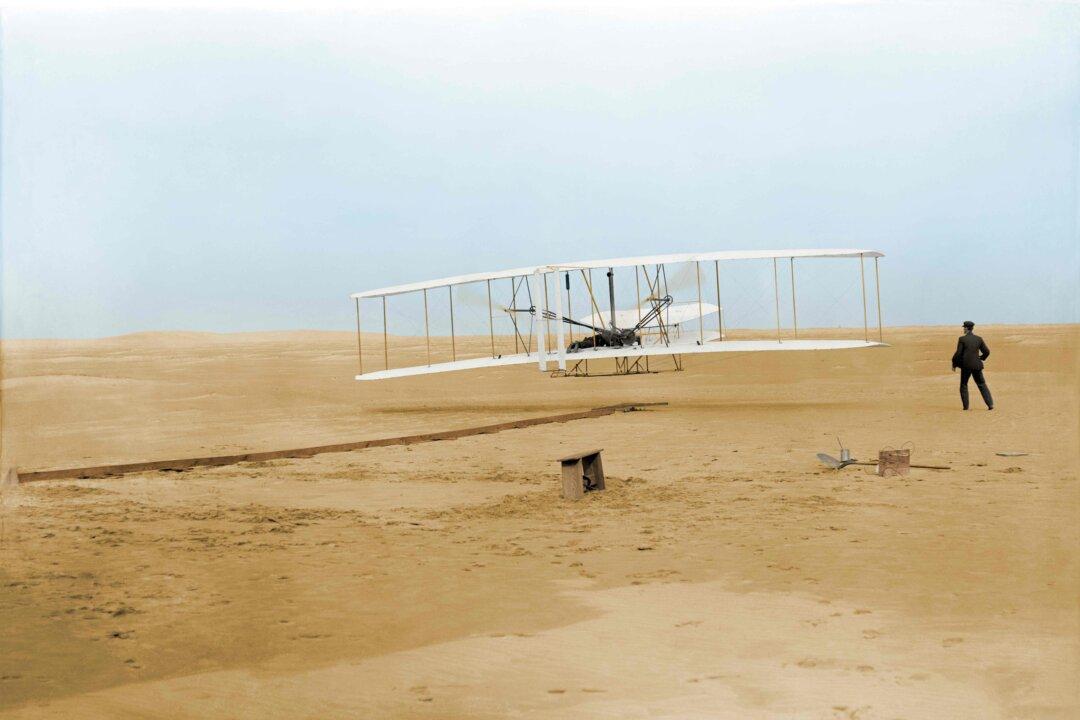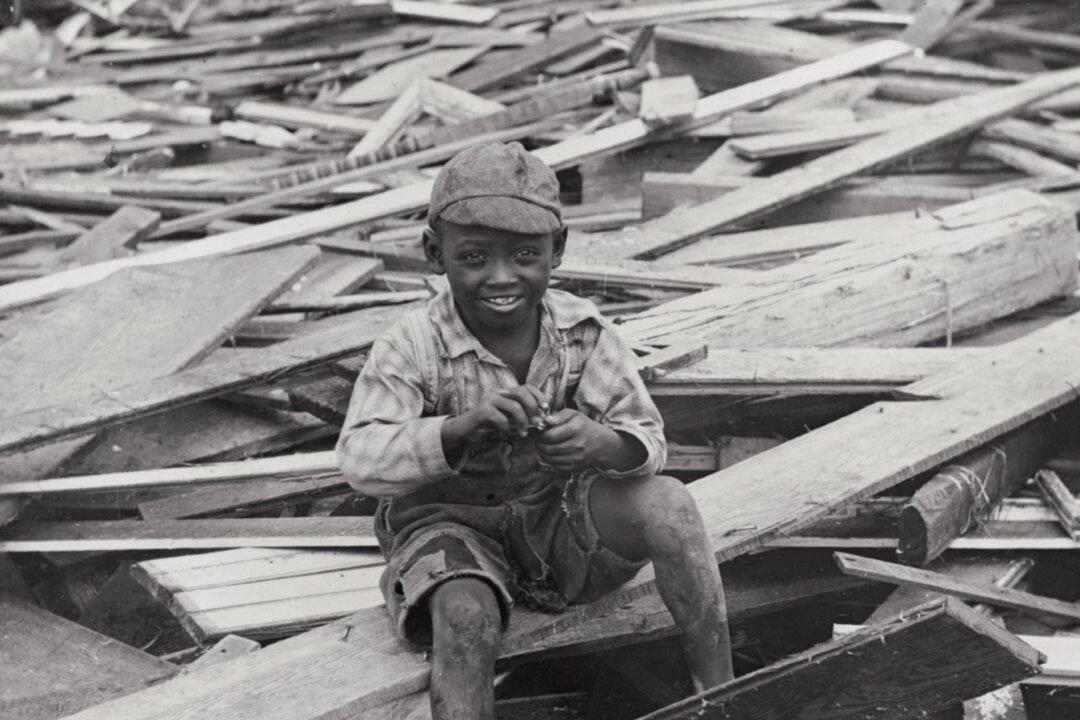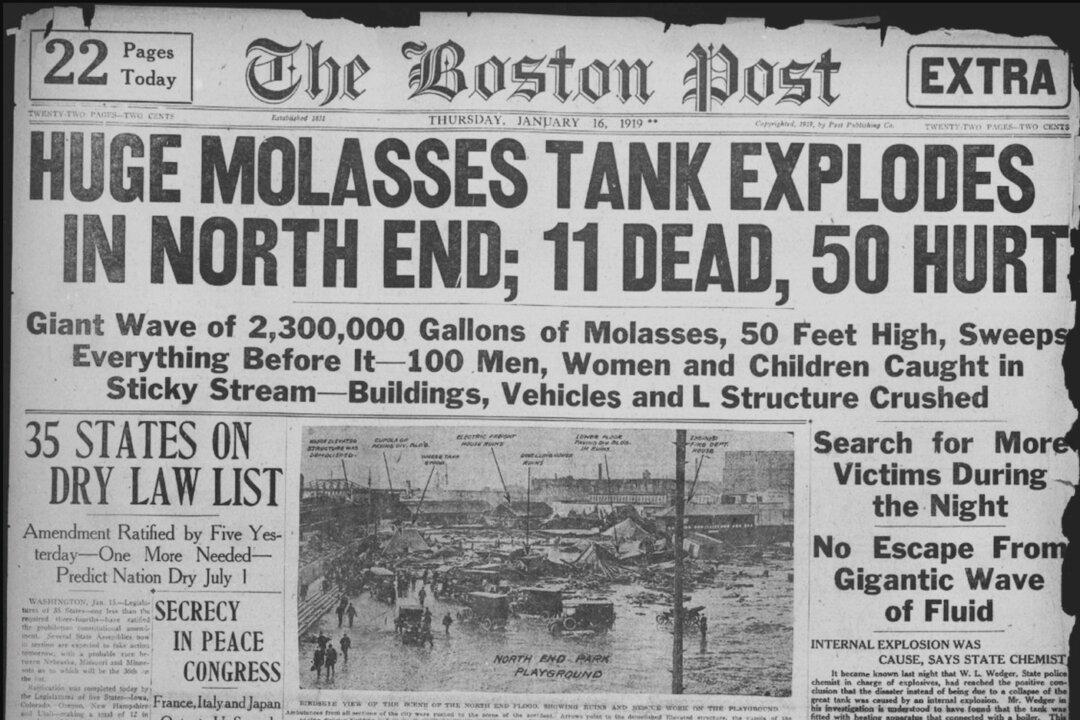Standing near the sand dunes of Kitty Hawk, North Carolina, Wilbur Wright took a coin from his vest pocket. It was a sunny, warm day on December 14, 1903. After four years of experimenting with gliders and flying machines, the day had come. The flip of a coin with his brother, Orville, would determine who would make the first controlled flight in a heavier-than-air, motorized airplane, known as the Wright Flyer.
An attempt would have been made a day sooner, but the brothers had promised their father, Milton Wright, a Protestant clergyman, that they wouldn’t fly on a Sunday. They had also promised him that they wouldn’t fly together. At 1:00 p.m., the final adjustments were complete, and the brothers stood next to each other as they said a prayer. The coin was flipped, and Wilbur, the older brother, climbed into the cockpit.





